Order by 23rd Dec 5pm for Pre-Xmas Delivery

The Difference Between Single-Colour, CCT, RGB & RGB+CCT | UltraLEDs
Choosing the right LED strip is key to achieving the perfect lighting effect for your project. Whether you need a simple single-colour solution or a fully customisable RGBW setup, each type offers different capabilities in colour control, brightness, and application flexibility.
In this guide, we’ll explore the differences between Single-Colour, CCT, RGB, and RGBW LED strips, breaking down their features, ideal applications, and technical considerations.
We’ll also cover colour mixing, CRI, advanced LED programming, and wiring compatibility, ensuring you select the best solution for your installation.
George Davies, the Director of Pecelec Studio Ltd, provided his expertise in lighting design and CRI considerations to help develop this guide. For more information on George's work, click here.
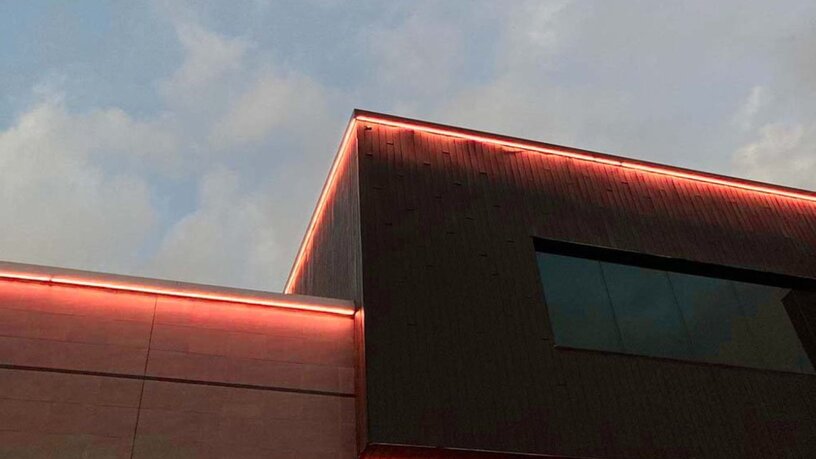
Understanding LED Chip Types
LEDs are semiconductor components that emit light when an electric current passes through them. Their design dictates whether they produce a single colour or multiple colours. Choosing the right LED type is key to getting the perfect lighting effect for your setup.
Below, we outline the various LED packages and provide a breakdown of how they work, how they affect installations, and their impact on lighting performance and functionality.
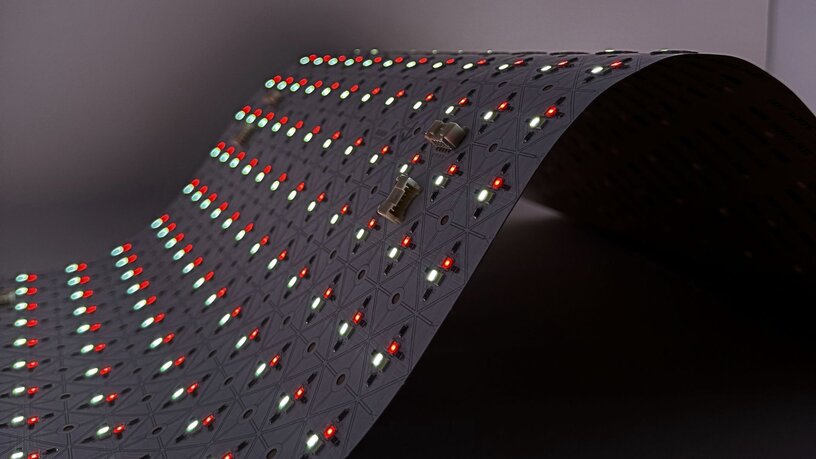
Single-Colour LED Strips
Single-colour LED strips provide consistent, high-quality illumination in a single fixed hue. Designed for functional and ambient lighting, they are ideal for applications where simplicity and reliability are key.
They are commonly used for under-cabinet lighting, office task lighting, and conference rooms, where stable illumination enhances visibility and focus.
Their uniform output also makes them suitable for architectural outlines, signage, and commercial interiors, delivering a clean, professional look in reception areas, hallways, and retail environments.
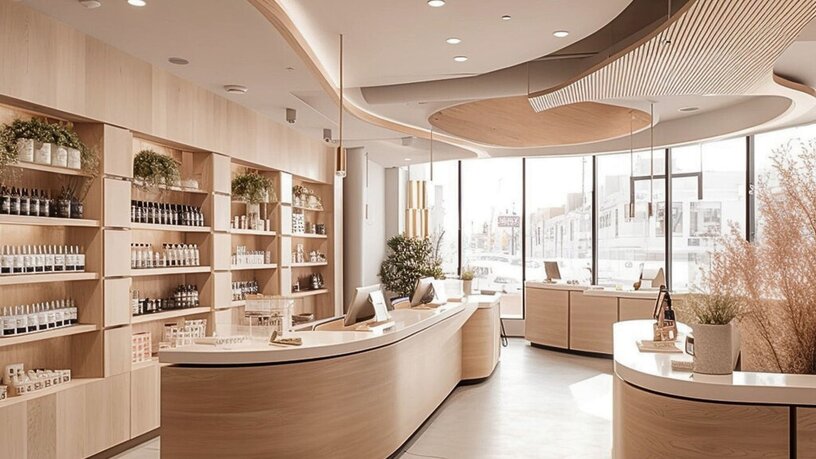
What Is Correlated Colour Temperature (CCT)
CCT measures the colour tone of white light, which is indicated in Kelvin (K). CCT-enabled LED strips blend warm white and cool white LEDs, allowing fine-tuned adjustments from 2700K (a warm, sunset-like glow) to 6500K (cool daylight white).
This adjustability makes CCT strips ideal for environments requiring adaptable lighting, such as offices, retail spaces, and hospitality settings where lighting needs to shift between functional task lighting and ambient mood lighting.
When paired with RGB in RGB+CCT strips, they offer both full-spectrum colour mixing and customisable white light, making them a versatile choice for dynamic installations that require both vibrant colours and precision-tuned whites.
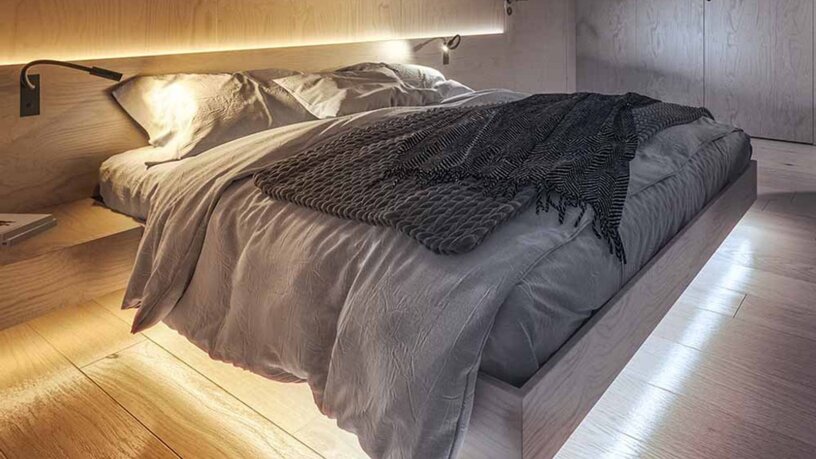
What Is RGB?
RGB refers to the primary colours red, green, and blue, which are combined to create a spectrum of colours - much like a laptop or television screen. By adjusting the brightness of each channel (an independent control for each colour), RGB lights can effectively produce lighting of almost any colour.
RGB lighting is commonly used in stage lighting, event spaces, and immersive environments where dramatic colour shifts enhance the atmosphere and experience.
However, while RGB strips excel at vibrant colour effects, they have limitations when producing true white light. Since white is created by blending red, green, and blue, the result often has a slight blue or red tint rather than a pure, neutral white.
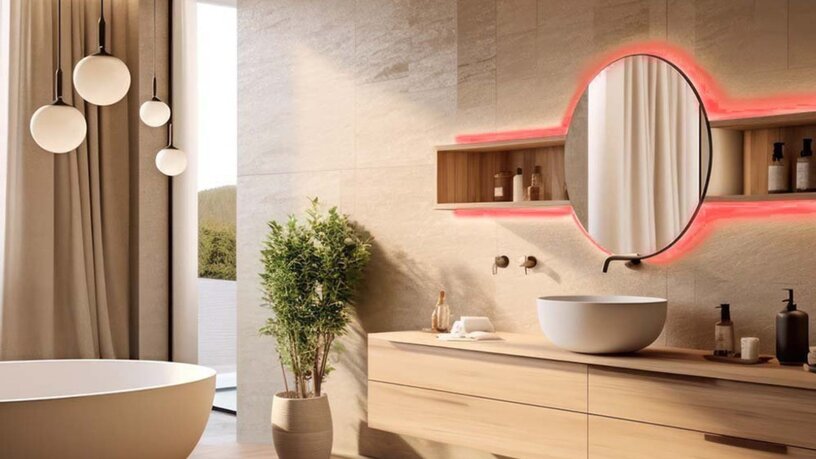
What is RGBW?
RGBW LED strip lights feature an additional white LED, which improves colour mixing and allows for access to a broader range of hues, including vibrant pastel shades. This versatility makes them a great choice for installations that require both ambient coloured lighting and functional white light.
The addition of a dedicated LED chip in RGBW strip lights boosts their lighting capabilities, allowing for cleaner, brighter whites that support a wider and more accurate spectrum of colours with improved rendering and more vibrant hues.
These strips are great for architectural lighting projects like facade lighting in hotels and for use in designer retail stores. They easily switch from sharp, functional white light to dynamic colour effects, perfect for drawing attention and boosting branding.
As RGBW LED light strips don’t have to rely on mixing RGB levels to create white, they’re great for use in locations where balanced, natural-looking, high-quality lighting is called for.
The dedicated white chip enhances the quality of light and also boosts energy efficiency, as it uses less power compared to combining red, green, and blue channels to approximate white light.
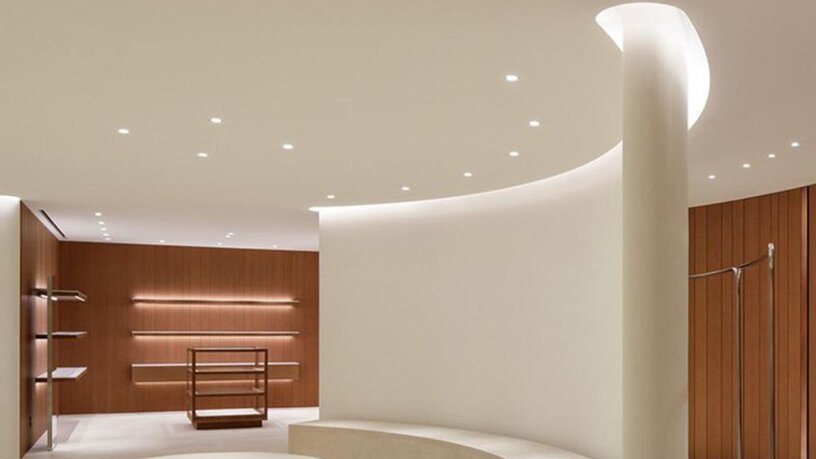
Why RGB+CCT Stands Out
RGB+CCT technology enhances standard RGBW by adding a second white channel into the mix - warm white. This dual-white setup is particularly useful for professional installations, as it offers unmatched control over both colour and white light quality.
The key difference between RGBW and RGB+CCT lights is the warmth of the white light, which gives off a softer, more golden glow. RGB+CCT lighting is great for signs and digital displays, as it gives off a warm-to-cool white spectrum alongside vibrant RGB colours.
With an RGB+CCT LED, you can fine-tune both vibrant colours and the warmth or coolness of white light, making RGB+CCT LED strips a great option for luxury hotel lobbies or boutique retail stores.
RGB Control And Limitations: Understanding Colour Mixing And White Accuracy
RGB lighting works using 8-bit technology, a system where each colour channel is assigned 256 light levels (ranging from 0 to 255). That means there are over sixteen million colour combinations to choose from.
The mixed tones of an RGB setup can produce vibrant colours that add depth to an installation or display, bringing scenes to life and making visuals more immersive. While this versatility makes them ideal for accent lighting or creative lighting designs, they do have some key limitations - especially when it comes to producing pure white light.
Because RGB lighting relies on colour mixing to create white light, the results are less accurate, typically appearing tinted towards reds or blues. It’s also less energy-efficient since all three LED channels have to run at full power to produce white.
Brightness is another factor to consider. Since the power is split between three colour channels, RGB strips tend to be dimmer when producing white or mixed colours compared to single-colour or dedicated white LED strips.
This difference is especially noticeable in bright spaces or when RGB strips are used as a main light source.
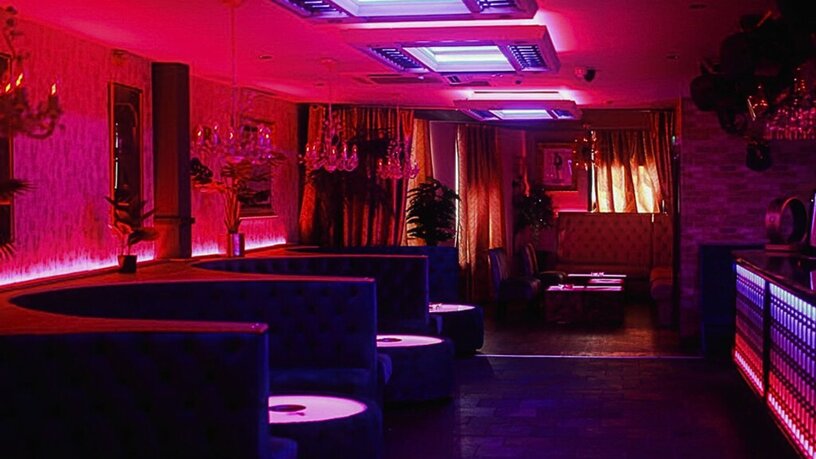
Key Technical Considerations
It's important you understand the technical aspects when you're selecting LED strips for your installation, as it could directly affect the performance, functionality, and overall appearance of your setup.
Colour Temperatures
As mentioned, LED strip lights come in various colour temperatures, measured in Kelvin (K). Here’s a concise breakdown of the different colour temperatures:
- Amber (1800K - 2000K): A warm, atmospheric glow commonly used for decorative accent lighting in residential settings, hospitality, and heritage applications.
- Extra Warm White (2200K - 2300K): A rich, warm light with a golden hue, ideal for intimate and ambient lighting in restaurants, hotels, and vintage-style interiors.
- Very Warm White (2700K): A traditional warm white similar to incandescent bulbs, commonly used in retail settings and for stage lighting.
- Warm White (3000K): A neutral warm white suitable for galleries, museums, and spaces where accurate colour reproduction is key.
- Neutral White (3500K - 4000K): A balanced white light often used in commercial spaces, offices, and task lighting applications.
- Cool White (5000K - 5700K): A crisp, bright white light that mimics daylight, making it suitable for photography studios, workspaces, and environments requiring high visibility.
- Very Cool White (6000K - 6500K): A bright, cool white closest to natural daylight, ideal for applications where maximum visibility and colour accuracy are needed.
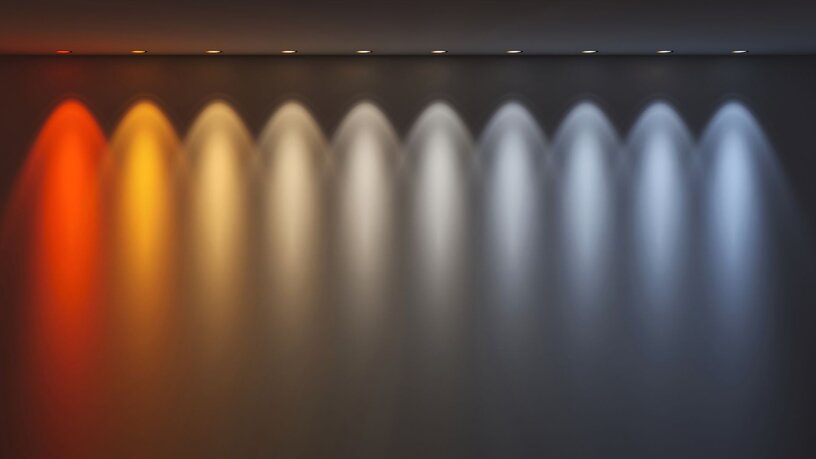
Colour Rendering Index (CRI) And Its Importance
When choosing LED strips, it’s important to consider the Colour Rendering Index (CRI). CRI measures how accurately a light source displays colours compared to natural sunlight—a higher CRI means colours appear more vivid and true to life.
The white LEDs in RGBW and RGB+CCT LED strips typically have a CRI above 90, making them ideal for applications where accurate colour representation is critical—such as art galleries, museums, and high-end retail displays.
The difference between a CRI of 80 and 95 can dramatically impact how colours appear, enhancing depth and making fine details more visible.
It's important to note that CRI applies only to white light sources, as it evaluates how well light replicates natural daylight. While some RGB LEDs may have a CRI rating for their mixed white output, they usually score lower due to the limited spectrum of blended light.
For coloured lighting applications, which are designed for dynamic effects rather than true-to-life colour accuracy, CRI is not a relevant metric.
Want to learn more about CRI and why it matters? Read our full CRI guide here.
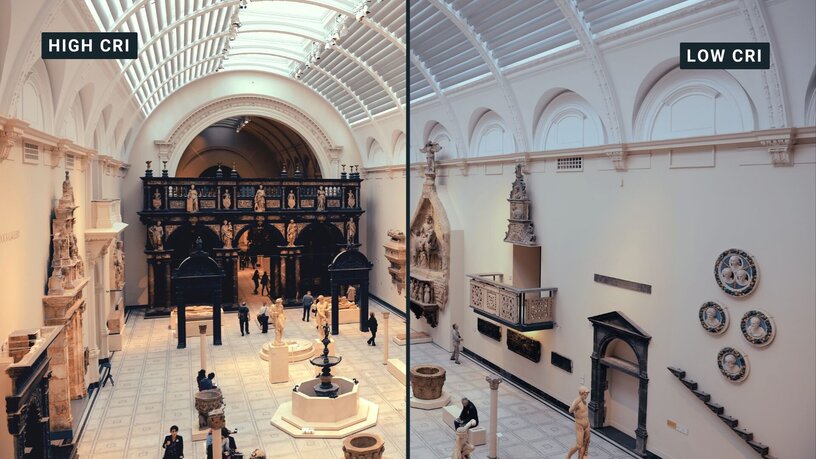
Choosing the right LED type for your project
Picking the right LED strip is key to getting the lighting effect you want for your project. Here are some things to keep in mind:
- Identify the purpose of your lighting - whether it’s for decorative effects, general lighting, or professional use. RGB LED lights are ideal for colour effects, while RGBW and RGB+CCT offer more flexibility for white light and colour control.
- Choose your LED strip based on the brightness needed. RGB and RGBW strips are great for softer ambient lighting, but for more focused, bright lighting, you might consider RGB+CCT LED strips.
- If you need white light, choose RGBW LED strip lights or RGB+CCT, as they allow for better control over warm or cool lighting.
- In places where getting the colours just right is important, like museums or galleries, RGB+CCT LED strips are a solid pick. They have a higher CRI, which will help make colours look more vibrant.

FAQs
What's the difference between RGB and RGBW white light?
RGB creates white by mixing three colours, resulting in a less pure white. RGBW, on the other hand, uses a dedicated white LED, producing a cleaner, more natural white light that’s better suited for functional lighting.
Can different LED types be mixed in one installation?
While it is technically possible to mix different LED types, it’s an incredibly complex process. Different chip types have different colour outputs and brightness levels, and mixing them can result in uneven effects or inconsistencies.
We recommend sticking with one type of LED per installation, but if you do choose to mix LEDs, make sure that they’re compatible with your controller and that you factor in their performance differences to keep the lighting consistent.
Discover our range of RGBW LED strip lights and RGB+CCT LED solutions and learn how they can transform your next lighting project. Contact us today for expert advice.
Get in touch with Ultra LEDs today
Whether you need colour-changing LED strips or single-colour options, Ultra LEDs provides a full range of solutions tailored to your project’s requirements
George Davies, the Director of Pecelec Studio Ltd, contributed to this blog with his expertise in electronics design and LED lighting. Pecelec Studio Ltd specialises in delivering high-performance LED solutions and advanced electronic systems for architectural, artistic, and experiential projects.





